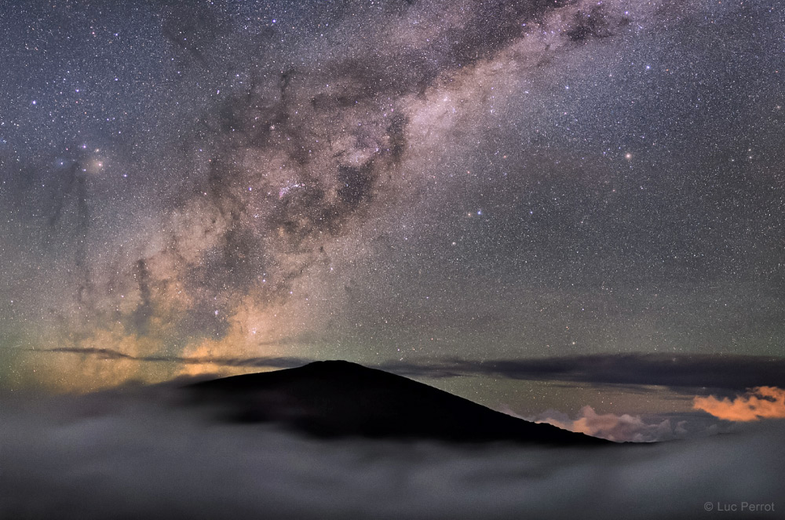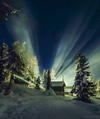7 Ethereal Photos Of The Earth And Sky
Winners of a photography contest about light pollution

It’s amazing what you can see from Earth. Just take a look at these images from the 5th International Earth and Sky Photo Contest, a competition for so-called “landscape astrophotography.” The photos all show a bit of our home planet, along with views of sky and astronomy phenomena. All photos were taken in the past year. You get the sense that as fantastic as these pictures are, they’re all showing things that are accessible to (at least some) humans right here on Earth. That’s not always true of gorgeous space photos we feature.
The International Earth and Sky Photo Contest is meant to bring attention to the problem of light pollution. It seeks photos from two extremes, either showing some of the few dark places left on Earth, or showing the effect of light pollution on lovely landscapes. This year’s top winner fits in the latter category, showing beams of electric light obliterating an otherwise clear night sky.
“Both contest categories provide a visual awareness of the disappearing starry night sky,” contest co-founder Connie Walker said in a statement.
Astronomers Without Borders and the U.S. National Optical Astronomy Observatory, where Walker works, run the contest together. Itching to enter your own work? Organizers will announce details about the 6th International Earth and Sky Photo Contest in February 2015. The contest is open for submissions from March through April 22, Earth Day.
Click below to see the pretty, pretty pictures.

Light in the Sky

Over the Top

False Dusk and Falls at Oregon Coast

Reflected Aurora

Bioluminescence & Star Trails

Unlimited Sky

Heavenly Street